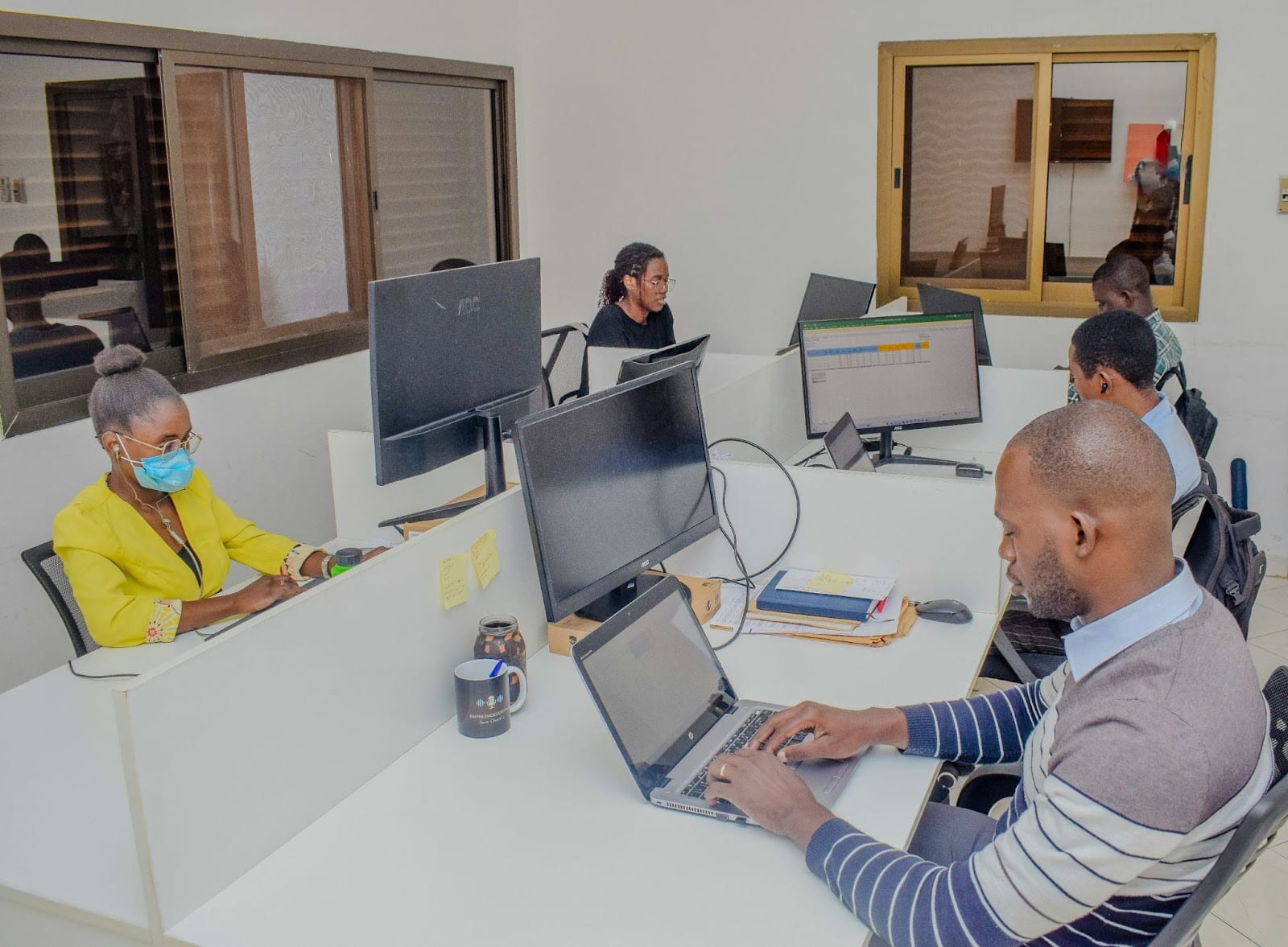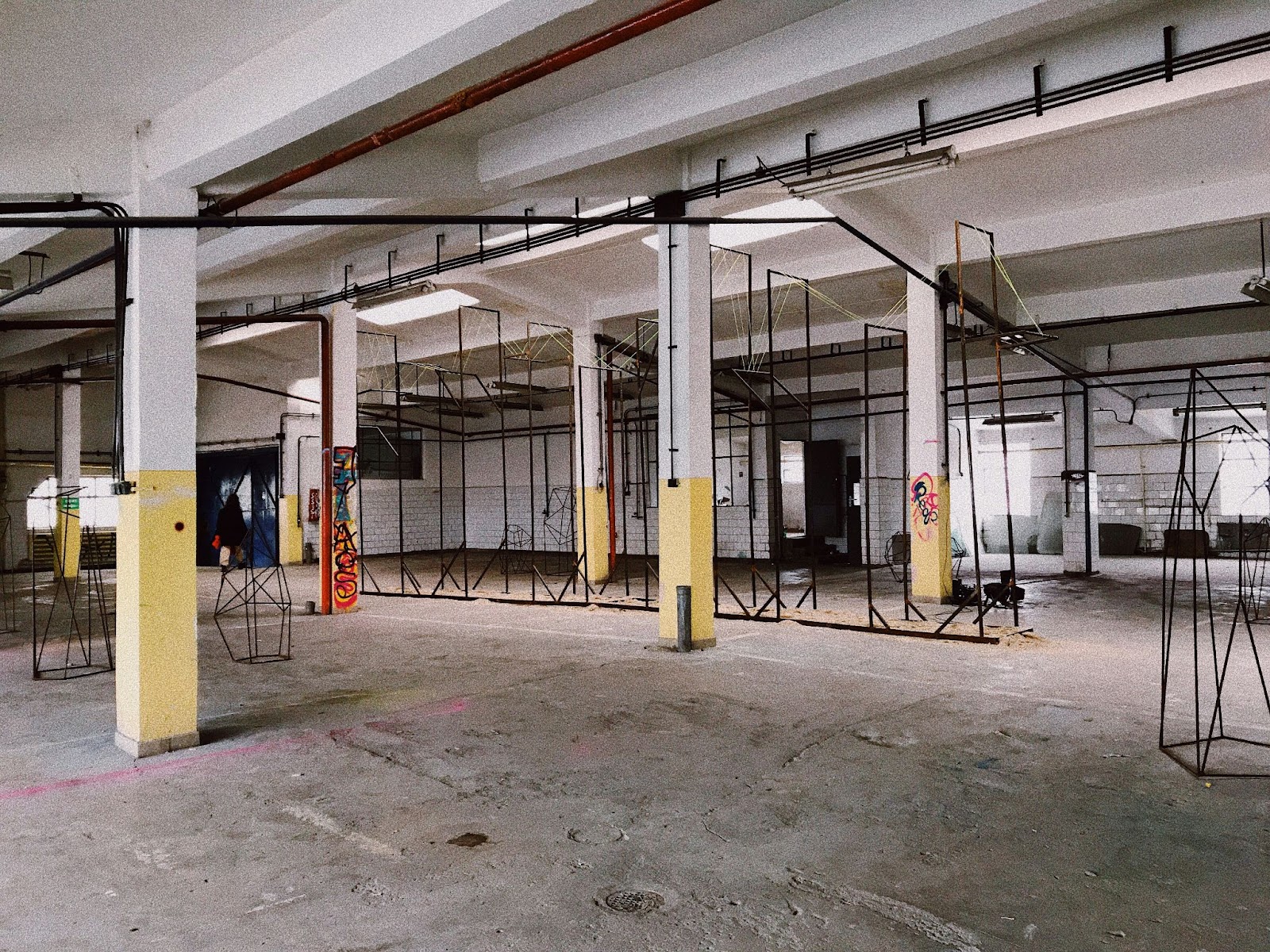The modern business landscape has transformed dramatically over the past decade, particularly for companies operating in Australia and Singapore. Traditional office leases and rigid infrastructure models are giving way to flexible, cost-effective solutions that support growth without the burden of long-term commitments. Today’s successful businesses are those that strategically combine virtual presence, physical meeting spaces, and digital tools to create a nimble operational framework.
The Shift Toward Flexible Business Infrastructure
Gone are the days when companies needed massive headquarters to establish credibility. Businesses in Sydney, Melbourne, Singapore, and other Asia-Pacific hubs are embracing hybrid models that blend remote work, virtual offices, and on-demand meeting spaces. This shift isn’t just about cost savings; it’s about agility, scalability, and the ability to respond quickly to market changes.
Australian and Singaporean businesses are particularly well-positioned to leverage these modern infrastructure solutions. Both markets have mature digital ecosystems, strong legal frameworks, and business cultures that embrace innovation. The challenge lies in selecting the right mix of infrastructure components that align with your company’s growth trajectory and operational needs.
Virtual Offices: Your Global Business Presence
A virtual office provides your business with a professional address, mail handling, and often phone answering services without the expense of physical office space. For companies in Australia and Singapore looking to expand internationally, establishing a presence in key business hubs like London, New York, or Hong Kong can open doors to new markets and partnerships. A credible business address in these cities signals legitimacy to potential clients and partners.
Many Asia-Pacific businesses use virtual offices as their entry strategy into European markets. Having a London business address, for instance, can be crucial when dealing with UK or European clients who prefer working with locally registered businesses. Services like The Work Project virtual office City of London offer Australian and Singaporean companies an affordable way to establish a professional UK presence while managing operations remotely from the Asia-Pacific region.
Virtual offices are particularly valuable for startups and SMEs that need to appear established without the overhead costs. They provide mail forwarding, which is essential when you’re operating across multiple time zones. Some services also include access to meeting rooms when you need them, giving you the best of both worlds.
The Cost-Benefit Analysis of Virtual Solutions
For a growing business in Singapore or Australia, the economics of virtual offices are compelling. A premium office space in Sydney’s CBD can cost upwards of $15,000 per month, while a comparable address in Singapore’s financial district might run $20,000 or more.
Virtual office solutions typically cost a fraction of this often between $100 and $500 monthly, depending on the services included.
This dramatic cost difference allows businesses to redirect capital toward growth activities like marketing, product development, or hiring talent. The savings compound over time, especially for businesses that don’t require a daily physical office presence.
For companies with remote teams or those primarily meeting clients at external venues, virtual offices eliminate unnecessary overhead entirely.
The tax implications can also be favorable, though businesses should always consult with local accountants. In many jurisdictions, virtual office expenses are fully deductible as legitimate business expenses.
This makes them an even more attractive option for cost-conscious entrepreneurs and established companies alike.
Physical Meeting Spaces: When Face-to-Face Matters

Despite the rise of video conferencing and remote collaboration tools, face-to-face meetings remain irreplaceable for certain business activities. Client presentations, board meetings, team workshops, and strategic planning sessions often benefit from in-person interaction.
The key is having access to professional meeting spaces without the commitment of permanent office space.
Australian businesses have increasingly turned to on-demand conference and meeting venues for these occasions. Rather than maintaining expensive boardrooms that sit empty most days, companies book professional spaces only when needed.
This approach is particularly popular in Melbourne, where businesses balance the need for impressive client-facing venues with operational cost efficiency.
Quality conference facilities offer more than just a room with chairs. They provide the technology infrastructure for professional presentations, catering options for extended sessions, and the ambiance that reflects well on your brand.
For important client meetings or company events, investing in the right venue can significantly impact outcomes and perceptions.
Choosing the Right Conference Venue
When selecting a conference venue in Australia, location and amenities are paramount considerations. You want a space that’s accessible for attendees, whether they’re coming from across the city or flying in from interstate.
The venue should offer adequate parking or public transport access, professional audiovisual equipment, and flexible room configurations to suit your specific needs.
Melbourne offers particularly strong options for businesses seeking impressive yet practical conference venues. From CBD locations perfect for client meetings to elegant heritage properties ideal for corporate retreats, the city caters to diverse business requirements.
Venues like the conference venues in Melbourne combine professional facilities with memorable settings, making them ideal for events where you want to create lasting impressions on clients or motivate teams.
The trend toward experiential business events has elevated the importance of venue selection. Companies increasingly recognize that the environment where meetings occur can influence outcomes, from team morale to client decisions.
A well-chosen venue demonstrates attention to detail and respect for attendees’ time and comfort.
Technology Infrastructure: The Digital Backbone

Modern business infrastructure extends far beyond physical and virtual office solutions. Your technology stack the software, platforms, and digital tools your team uses daily forms the operational backbone of your company.
For businesses in Australia and Singapore, selecting the right technology infrastructure requires balancing functionality, security, and compliance with local regulations.
Cloud-based solutions have become the standard for most business operations. Tools like Microsoft 365, Google Workspace, and Slack enable seamless collaboration across distributed teams, whether they’re in Sydney, Singapore, or working remotely from anywhere.
These platforms integrate with project management tools, CRM systems, and accounting software to create unified operational ecosystems.
Cybersecurity deserves special attention in the Asia-Pacific region, where data protection regulations are evolving rapidly. Both Australia and Singapore have stringent data privacy laws that businesses must navigate.
Investing in robust security infrastructure, including VPNs, multi-factor authentication, and encrypted communication tools, isn’t optional it’s essential for protecting your business and maintaining client trust.
Communication Tools for Global Teams
The rise of remote and hybrid work models has made sophisticated communication infrastructure non-negotiable. Video conferencing platforms like Zoom, Microsoft Teams, and Google Meet have become daily tools rather than occasional conveniences.
Businesses need reliable, high-quality solutions that work seamlessly across time zones and device types.
For companies operating across Australia, Singapore, and other international markets, communication tools must support different languages, currencies, and business practices.
Unified communication platforms that integrate voice, video, messaging, and file sharing streamline operations and reduce the friction of working across distances. The goal is to create a communication experience so smooth that physical distance becomes irrelevant.
Project management and collaboration platforms complement communication tools by providing structure and transparency. Applications like Asana, Monday.com, or Trello help distributed teams stay aligned on goals, deadlines, and responsibilities.
When combined with time-tracking and reporting tools, they provide leadership with visibility into operations without requiring constant check-ins or micromanagement.
Financial and Legal Infrastructure
Every business needs a robust financial infrastructure, but the specifics vary significantly between Australia and Singapore. Australian businesses must navigate the Goods and Services Tax (GST) system, superannuation requirements, and Australian Tax Office reporting obligations. Singaporean companies work within a different framework, including GST (at different rates), CPF contributions, and ACRA filing requirements.
Cloud-based accounting software has revolutionized how businesses manage finances. Platforms like Xero, MYOB, and QuickBooks streamline invoicing, expense tracking, and financial reporting while ensuring compliance with local tax regulations.
These systems integrate with bank accounts, payment processors, and payroll systems to create comprehensive financial management solutions accessible from anywhere.
Legal infrastructure includes contracts, intellectual property protection, regulatory compliance, and corporate governance frameworks. Both Australia and Singapore are common law jurisdictions with strong legal systems, but specific requirements differ.
Businesses expanding into these markets need local legal counsel to navigate employment law, commercial contracts, and industry-specific regulations properly.
Banking and Payment Infrastructure
Modern businesses require banking solutions that match their operational flexibility. Traditional banks are increasingly competing with fintech providers offering faster, more flexible services. For businesses operating internationally, multi-currency accounts, competitive foreign exchange rates, and seamless international transfers are crucial considerations.
Singapore has emerged as a fintech hub with innovative banking solutions tailored to modern businesses. Australian businesses expanding into Asia often establish Singaporean banking relationships to facilitate regional transactions.
Similarly, Singaporean companies entering the Australian market need local banking infrastructure to handle AUD transactions efficiently and maintain client confidence.
Payment processing infrastructure deserves careful attention, particularly for e-commerce businesses or companies accepting international payments. Solutions like Stripe, Square, and PayPal offer varying fee structures, currency support, and integration capabilities.
The right choice depends on your customer base, transaction volumes, and the payment methods your clients prefer.
Building Your Infrastructure Roadmap
Developing business infrastructure isn’t a one-time project but an ongoing process that evolves with your company. Start by assessing your current and near-term needs across all infrastructure categories: workspace, technology, financial systems, and legal frameworks. Identify gaps that could hinder growth or create unnecessary risks.
Prioritize investments that deliver immediate operational improvements or address critical vulnerabilities. For many businesses, this means starting with essential technology and financial infrastructure, then adding virtual office presence and on-demand meeting spaces as growth demands. Avoid over-investing in infrastructure before you need it premature scaling can strain cash flow without delivering proportional benefits.
Build flexibility into your infrastructure choices wherever possible. Select solutions with month-to-month or short-term commitments rather than multi-year contracts when you’re still testing markets or business models.
This approach allows you to pivot quickly if circumstances change without being locked into expensive, underutilized infrastructure.
The Future of Business Infrastructure

The trajectory of business infrastructure points toward even greater flexibility and integration. Artificial intelligence is beginning to automate routine operational tasks, from scheduling to customer service. Blockchain technology promises to streamline contracts and international transactions. Virtual and augmented reality may transform remote collaboration, making distributed teams feel more connected than ever.
For businesses in Australia and Singapore, staying informed about infrastructure innovations provides competitive advantages. Both markets are early adopters of new technologies, with regulatory environments that generally support innovation while maintaining appropriate safeguards.
Companies that embrace modern infrastructure solutions position themselves to attract top talent, serve clients more effectively, and scale operations efficiently.
The businesses that thrive in the coming years will be those that view infrastructure as a strategic asset rather than a necessary cost. By carefully selecting the right combination of virtual presence, physical spaces, technology tools, and financial systems, modern companies create foundations for sustainable growth without the legacy burdens that once limited business potential.
Conclusion
Essential business infrastructure for modern companies looks fundamentally different from what previous generations built. The combination of virtual offices for global presence, on-demand conference venues for meaningful face-to-face interactions, sophisticated technology stacks, and flexible financial systems creates unprecedented operational capability.
For businesses in Australia and Singapore, these infrastructure choices aren’t just about reducing costs they’re about maximizing agility, supporting growth, and competing effectively in global markets.
The key is approaching infrastructure strategically, selecting solutions that align with your specific business model and growth plans. Whether you’re a startup establishing your first professional presence or an established company expanding into new markets, modern infrastructure options provide paths to success that were simply unavailable a decade ago.
The companies that thoughtfully assemble these components position themselves not just to survive but to excel in an increasingly competitive and dynamic business environment.
